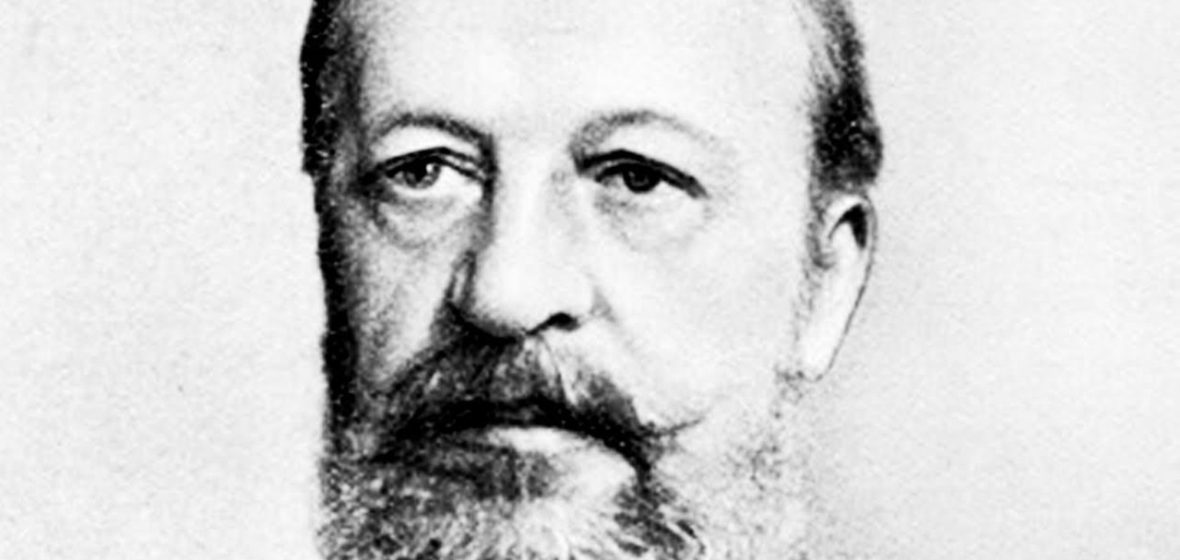Nikolaus August Otto was a German engineer who successfully developed the compressed charge internal combustion engine, which ran on petroleum gas and led to the modern internal combustion engine. Take a look below for 24 more fun and interesting facts about Nikolaus Otto.
1. The VDI, Association of German Engineers, created the DIN standard 1940, which says, “Otto Engine: internal combustion engine in which the ignition of the compressed fuel-air mixture is initiated by a timed spark.” This has been applied to all engines of this type since.
2. He was born on June 14, 1832, in Holzhausen an der Haide, Germany.
3. Otto was the youngest of six children.
4. His father died in 1832.
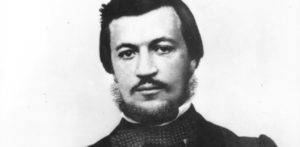
5. He began school in 1838. After six years of good performance, he moved to the high school in Langenschwalbach until 1848.
6. Otto didn’t complete his studies but was cited for good performance.
7. His main interest in school had been in science and technology, but he graduated after three years as a business apprentice in a small merchandise company.
8. After completing his apprenticeship, he moved to Frankfurt where he worked for Philipp Jakob Lindheimer as a salesman of “colonial goods” and agricultural products.
9. Otto worked for various companies, first for IC Alpeter and then in 1860 for Carl Mertens.
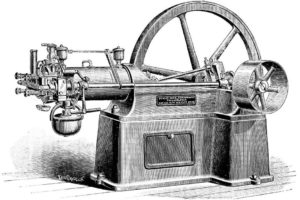
10. He traveled throughout Western Germany and sold goods such as coffee, tea, rice and sugar.
11. In late autumn of 1860, Otto and his brother learned of a novel gas, illuminating gas, engine that Jean Joseph Etienne Lenoir had built in Paris. The brothers built a copy of the Lenoir engine and applied for a patent in January 1861 for a liquid fueled engine based on the Lenoir engine with the Prussian Ministry of Commerce, but it was rejected.
12. Otto was aware of the concept of compressed fuel charge and tried to make an engine using this principle in 1861. It ran for just a few minutes before breaking.
13. Otto’s brother gave up on the concept, resulting in Otto looking for help elsewhere.
14. From 1861 to 1863, Otto experimented with the help of Cologne Mechanic Michael J. Zons in an effort to improve the engine.
15. Running low on funds, in 1862, Otto worked for Carl Mertens in order to continue working on his engine.
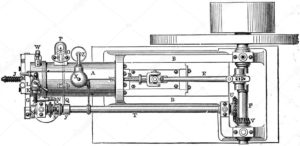
16. Early in 1864, Otto sought investors to fund his research. He found Eugen Langen, whose father was a sugar industrialist. Together, they entered into a partnership on March 31, 1864, and named the company NA Otto & Cie in Cologne.
17. The 1864 Otto & Langen engine was a free piston atmospheric engine, meaning that the explosion of gas was used to create a vacuum and the power came from atmospheric pressure returning the piston.
18. His engine consumed less than half the gas of the Lenoir and Hugon atmospheric engines, which made it a commercial success.
19. For all of its commercial success, with the company producing 634 engines per year by 1875, the Otto and Langen engine hit a technical dead end as it produced only 3 horsepower and yet required 10 to 13 feet of headroom to operate.
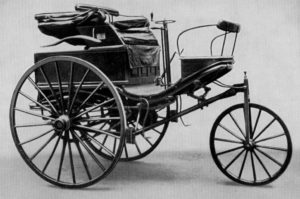
20. Otto married Anna Gossi and the couple had seven recorded children.
21. His son, Gustav Otto, grew up to become an aircraft builder.
22. The Otto engine was designed as a stationary engine and in the action of the engine, the stroke is an upward or downward movement of a piston in a cylinder.
23. Otto obtained many patents from several different nations and for several different features.
24. In 1882, Otto received an Honorary Doctorate from the University of Wurzburg.

